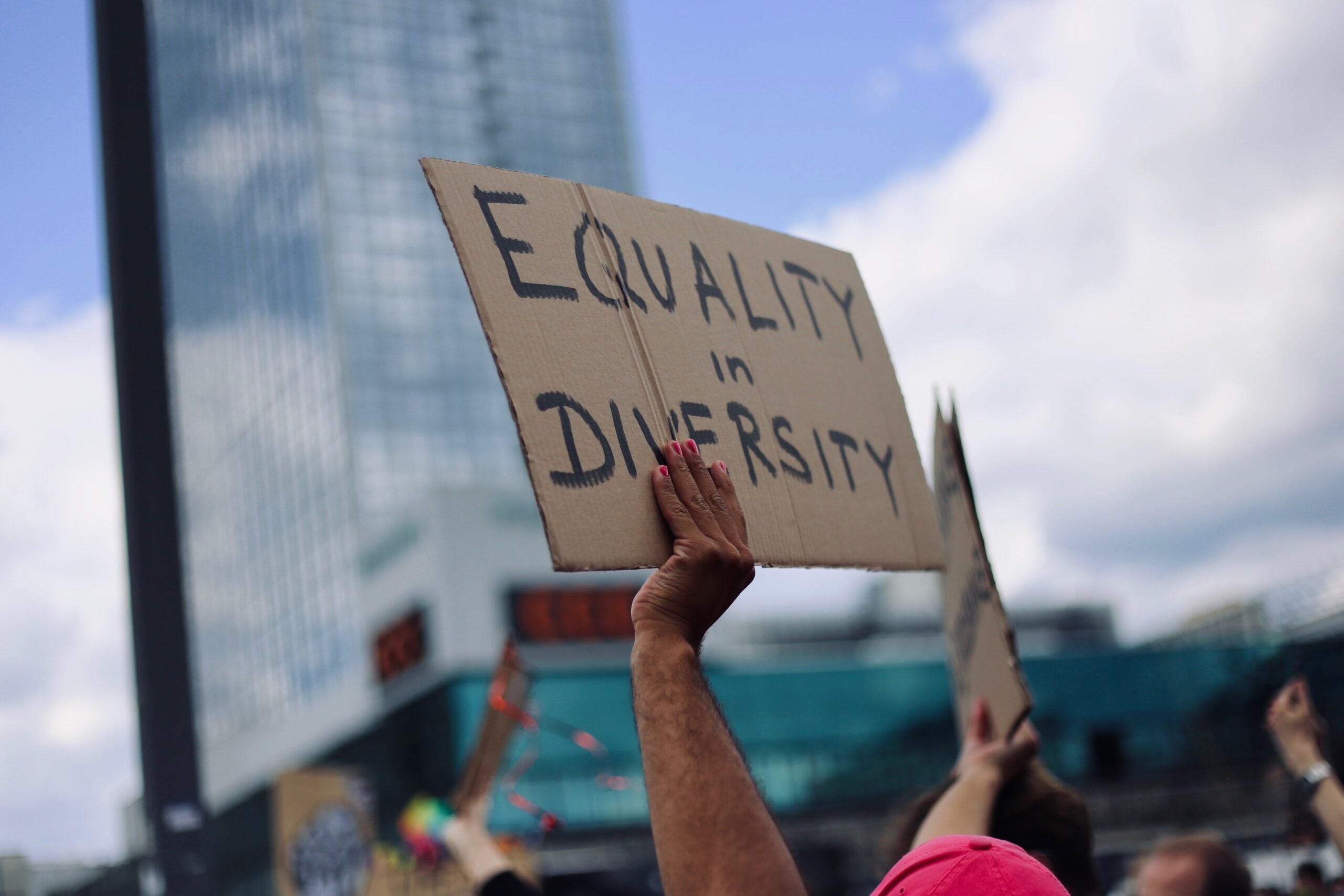Diversity, equity, and inclusion (DE&I) go beyond the provided training modules, new policies, and training programs. It helps establish a welcoming work environment where employees can share unique insights, respect each other’s needs, and achieve their full potential without barriers.
In a report by Apprenticeship Minnesota, organizations within the top quarter for gender diversity, with 21%, and companies within the top quarter for racial and ethnic diversity, with 33%, are more likely to outperform their peers. The report also showed how DE&I could drive sales revenue, customer base, and profits.
According to Forbes, DE&I drives improved business performances as it breeds innovation, creativity, and enhances employee belonging. Those in leadership positions are responsible for ensuring that diversity is not a compliance mandate anymore but a business imperative.
Another benefit of DE&I to companies is the decreased turnover. Employees who feel isolated are more likely to leave their jobs. With DE&I, businesses are preventing this and avoiding other talent acquisition costs and extra tasks that come with it, like interviewing, hiring, onboarding, and training.
Challenges In Promoting DE&I In the Workplace
With the importance of DE&I for employees and businesses, HR Research Institute and Salary.com partnered to conduct a study of employees and HR professionals to test and differ the perceptions of each group to understand and analyze the state of DE&I in the workplace. This report can help employers make progress in their initiatives.
Some of the top DE&I initiatives in the workplace are celebrating diverse holidays, revising the employee’s value proposition, and issuing an inclusive statement from the CEO.
Apart from diversity and inclusion in race, religion, gender, nationalities, sexual orientation, disabilities, and age, the study shows significant insights regarding the employees’ and HR professionals’ perceptions of pay equity.
The survey revealed how HR professionals seemed to wear rose-colored glasses when looking at the state of their organization’s pay equity compared to other employees. About 53% of the employees mentioned how they are compensated fairly or believe their colleagues are. Meanwhile, about 66% of HR professionals believe their workmates are paid fairly.
Despite the positive responses, over 40% of the surveyed employees admitted that their employer is not dedicated to closing pay gaps. And while 44% of HR professionals can report pay equity issues easier and more often, 17% of other employees are more likely to bear the aftermath when reporting such concerns.
Encouraging DE&I In the Workplace
Promoting DE&I in the workplace is as simple as instilling a sense of belongingness. You can help your organization overcome social and racial injustices by inspiring all employees, soliciting their insights, and ensuring they have the resources they need to succeed.
Improve your brand reputation and decision-making, increase financial growth, encourage better collaboration and innovation, retain great talents, and create a healthier workplace when you incorporate DE&I initiatives. ‘You can start by understanding employee classifications, identifying pay inequities within your organization, and designing learning and development programs to drive cultural values and lessen lawsuits.
It pays to learn more about the current state of DE&I in workplaces to help you create your own strategy to promote it. Knowing these things can help expand your business globally and encourage a better workplace environment for your employees.
